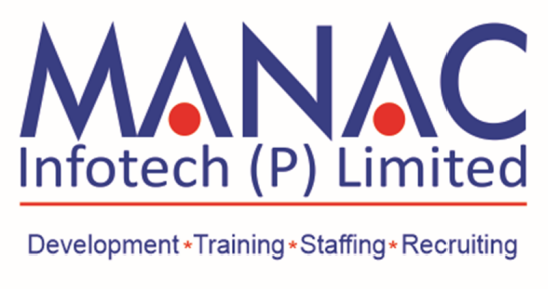Manual Testing
- Software Testing Introduction
- Verification and Validation
- Application Types: Console Desktop, Windows Application or Desktop Application, Web Application, Web Portals, Mobile Applications
- Difference between Desktop Application and Web Applications
- Web Application vs Web Portals
- Mobile Application Testing and its Introduction
- Need of SDLC and its Phases Introduction
- Waterfall Model
- Prototype Model
- Spiral Model
- V-Model
- Analysis of Traditional SDLC Model and Current Model
- Incremental Model – Agile and Scrum Framework
- Agile Manifesto
- Importance of Agile and its Different Frameworks
- Scrum Roles and Responsibilities
- Scrum User Story Splitting and Estimation Techniques
- Pros and Cons of Scrum Framework
- Difference between Use Cases, Test Cases, and Scenarios
- Difference between Test Plan and Strategy
- How to Prepare Test Report?
- Concept about Error, Bug, Defect, and Failure
- Preparing Bug Report
- Bug Life Cycle
- Entry and Exit Criteria
- Priority and Severity
- Introduction to Test Management Tools
- Exercises with Test Management Tools like Bug Tracker
- Seven Principles of Testing – Importance
- Real-Time Examples for the Principles: Exhaustive Testing is Impossible, Defect Clustering, Pesticide Paradox, None of the Application is Bug-Free, Testing is Context Dependent on the Application, Intention of Application is to Identify Flaws, Importance of Avoiding Late Testing
- Static and Dynamic Testing
- Functional and Non-Functional Testing
- Black Box Testing and its Types: BVA (Boundary Value Analysis), Equivalence Partitioning, Decision Tables, Graph-Based Methods (State Transition Diagram), All Pairs Testing
- White Box Testing and its Nature: Statement Coverage, Path Coverage, Branch Coverage, Calculating Program Complexity
- SIT – System Integration Testing
- UAT – User Acceptance Testing
- Adhoc Testing
- Regression Testing
- Progression Testing
- Alpha and Beta Testing
- Positive and Negative Testing
- Integration – Big Bang Approach and Incremental Approach
- Top-Down and Bottom-Up Integration Approach
- Importance of Integration Testing and Test Case Preparation
- Importance of Non-Functional Testing
- Types of Non-Functional Testing: Performance Testing (Stress and Load), Volume, Security, Compatibility, Configuration Testing, Comparison, Scalability
- Requirement Traceability Matrix – Requirement Mapping
- Test Coverage or Requirement MappingTop of Form




